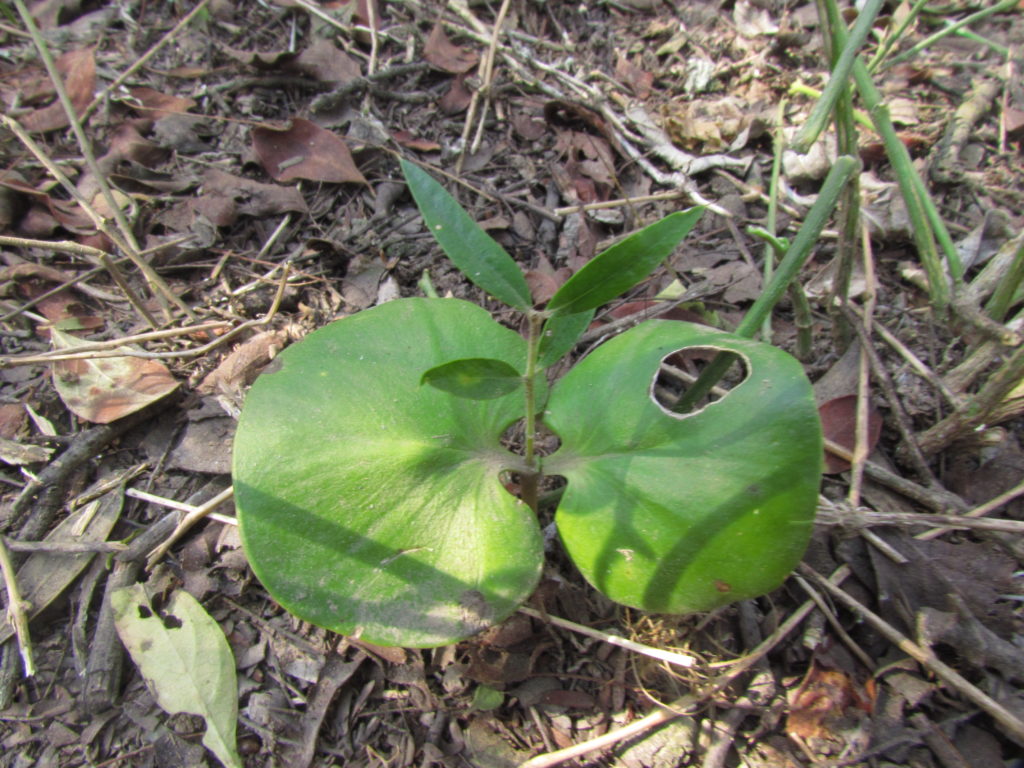Restoring human-nature relationships in the Dry Chaco Forest in Northwestern Argentina
 Responsible: Patricia Viviana Zelaya
Responsible: Patricia Viviana Zelaya
Financiamiento: The Rufford Fundation
Duración: 2 years
The Dry Chaco Forest (DCF) in Argentina currently faces alarming deforestation rates due to the advance of the agricultural frontier. DCF is one of the less protected ecosystems and forest fragments are in risks due to their increasing degradation and isolation in the landscape. We aim settle the baseline to define, implement and monitoring restoration methods to recover structure and functions of the DCF through an integrative approach combining scientific and local knowledge and social expectations in a participative procedure In Santiago del Estero province, the DCF was reduced to isolated fragments of different shapes and sizes, surrounded by an agricultural matrix. Small fragments (<0.10 ha) present different levels of degradation as a consequence of historical and current use made by local communities, such as the extraction of large individuals of the main tree species, extraction of other species for firewood and charcoal, livestock introduction (i.e. goats, cows), hunting, and also by the changes brought by the advance of agriculture (e.g., edge effects, exotic and invasive species, agrochemical presence). Local rural people such as the one that currently use the fragment are constituted by no more than 20 families. In this project we will:
Obj.1: Considering two forest fragments: The first fragment (1000 ha) is within a private land that was not altered since the 60´s (our reference site). A second fragment (100 ha), used by local rural people will constitute our degraded site. Both fragments will be characterized according to: (i) soil conditions (≈50 cm), (ii) tree species richness and diversity, (iii) tree community characteristics (i.e. height, DBH, basal area and natural regeneration potential) and (iv) presence of invasive species.
For forest functions: litterfall production and presence of pollinator species and their relationships with mellifluous species.
Obj. 2: Evaluate perceptions of local people on the DCF. We will organize five workshops across the project, which will also help to understand and valuate ecological dependence of local people on forest resources and services. Local people are common extractors of forest resources, thus we will train them to promote a more sustainable use of forest resources. A final workshop will summarize and show main results and lessons about the whole process, making auto-critics and discussing suggestions of the local people for future.
Objective 3: Define and implement initial restoration actions collectively with the local people.
Within each forest fragment we will establish 50×50m-experimental restoration plots- where the disturbance factors will be eliminated (e.g. livestock), and evaluate seedling performance throughout the first and second year of the project. Nursery construction. With the collaboration and involvement of local people a nursery will be installed to house all seedlings until they have the size needed to be introduced in the restoration plots.
Team:
Dra. Paula Meli (Departamento de Ciências Florestais (LCF) (ESALQ), University of São Paulo), Brasil.
Dra. Romina Fernández; Lic. José Luis Tisone (IER-UNT-CONICET).
Melissa Carro (estudiante Facultad de Cs. Naturales e IML- UNT).
E-mail: patitovzelaya@gmail.com